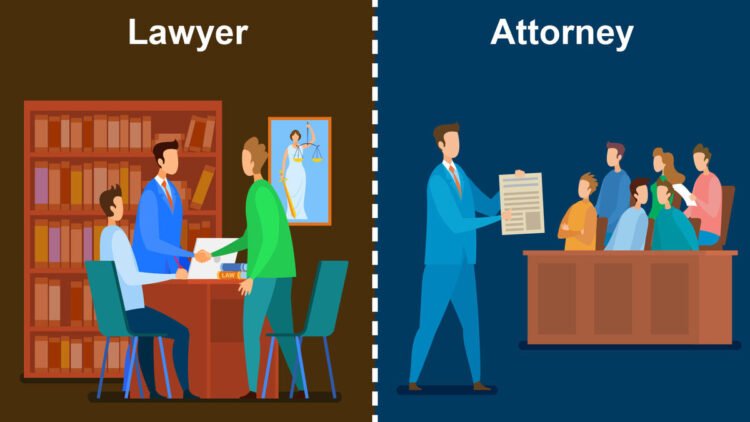
- Introduction
- Intentional Torts
- Negligence
- Product Liability
- Tort Remedies
- Table: Key Tort Concepts
- Conclusion
-
FAQ about Tort Law
- What is tort law?
- What are the most common types of torts?
- What are the elements of a tort cause of action?
- What are the defenses to a tort cause of action?
- What are the remedies available for tort claims?
- Who can file a tort lawsuit?
- What is the difference between a tort lawsuit and a criminal case?
- How long does it take to resolve a tort lawsuit?
- How much does it cost to file a tort lawsuit?
Introduction
Hey readers! Welcome to our in-depth guide to “Tort Law.” In this article, we’ll dive into the fascinating world of civil wrongs and the legal remedies available to those who have been harmed. So, grab a cup of joe and let’s get started!
Tort law plays a crucial role in our society by providing a framework for individuals to seek compensation and vindicate their rights when they become victims of civil wrongs. It encompasses a wide range of offenses, including negligence, intentional torts, defamation, and product liability. Understanding tort law is essential for navigating the complexities of civil litigation and ensuring justice prevails.
Intentional Torts
Assault, Battery, and Wrongful Death
Intentional torts involve the willful or reckless infliction of harm upon another person. Assault is the act of causing a reasonable apprehension of imminent harmful or offensive contact, while battery involves actual physical contact without consent. Wrongful death occurs when a person’s negligent or intentional act results in the death of another.
Libel, Slander, and Defamation
Libel and slander are torts that involve the publication of false statements that damage a person’s reputation. Libel is a written statement, while slander is spoken. Defamation is the umbrella term for both libel and slander.
Trespass to Chattels and Conversion
Trespass to chattels refers to intentional interference with a person’s personal property without their consent. Conversion is a more severe tort that involves the intentional exercise of dominion and control over another person’s property, resulting in its loss or destruction.
Negligence
Elements of Negligence
Negligence is a tort that arises when a person fails to meet a duty of care, causing harm to another. The elements of negligence include: duty of care, breach of duty, causation, and damages.
Comparative and Contributory Negligence
Comparative negligence allocates fault between multiple negligent parties, reducing the amount of damages awarded to the injured party based on their own negligence. Contributory negligence is a complete defense to a negligence action, barring the injured party from any recovery if they contributed to their own injuries.
Product Liability
Strict Liability and Breach of Warranty
Product liability torts impose liability on manufacturers, distributors, and sellers for injuries caused by defective products. Strict liability means that a manufacturer is liable even if it did not act negligently. Breach of warranty arises when a product fails to meet express or implied representations made by the seller.
Design Defects, Manufacturing Defects, and Failure to Warn
Product liability claims can be based on design defects, manufacturing defects, or failure to provide adequate warnings or instructions. Design defects occur when a product is inherently dangerous due to its design, while manufacturing defects arise when a product is defective during the manufacturing process. Failure to warn occurs when a manufacturer fails to provide proper warnings about the potential dangers of a product.
Tort Remedies
Compensatory Damages
The primary remedy for a tort is compensatory damages, which aim to restore the injured party to the position they would have been in had the tort not been committed. Compensatory damages can include medical expenses, lost wages, pain and suffering, and emotional distress.
Punitive Damages
Punitive damages are awarded to punish the defendant and deter similar conduct in the future. They are typically awarded in cases of gross negligence, intentional misconduct, or malice.
Injunctions and Specific Performance
Injunctions are court orders that prevent the defendant from continuing or committing a tortious act. Specific performance is a court order that requires the defendant to carry out a specific act, such as repairing a damaged property or returning stolen goods.
Table: Key Tort Concepts
| Tort Type | Definition | Elements | Remedies |
|---|---|---|---|
| Intentional Torts | Willful harm | Intent, causation, damages | Compensatory, punitive damages |
| Negligence | Breach of duty of care | Duty, breach, causation, damages | Compensatory, punitive damages, injunctions |
| Product Liability | Harm caused by defective products | Strict liability or breach of warranty | Compensatory, punitive damages |
| Trespass | Interference with property | Intentional or negligent interference | Compensatory, injunctions |
| Defamation | False statements damaging reputation | Publication, falsity, damages | Compensatory, punitive damages |
Conclusion
Readers, we hope you’ve found this guide to tort law informative and engaging. By understanding the principles and concepts of tort law, you can better protect your rights and seek justice if you become the victim of a civil wrong. Stay tuned for our upcoming articles on related legal topics!
FAQ about Tort Law
What is tort law?
Tort law is a body of law that deals with civil wrongs, or torts. A tort is a wrongful act or omission that gives rise to a legal obligation to pay damages.
What are the most common types of torts?
The most common types of torts include:
- Negligence: Failing to take reasonable care to avoid causing harm to others.
- Intentional torts: Wrongful acts that are committed intentionally, such as battery, assault, and defamation.
- Strict liability torts: Wrongful acts that are not based on fault, such as product liability and animal attacks.
What are the elements of a tort cause of action?
To establish a tort cause of action, the plaintiff must prove four elements:
- Duty: The defendant owed a legal duty to the plaintiff.
- Breach: The defendant breached their duty.
- Causation: The defendant’s breach of duty caused the plaintiff’s injuries.
- Damages: The plaintiff suffered damages as a result of the defendant’s breach of duty.
What are the defenses to a tort cause of action?
There are several defenses to a tort cause of action, including:
- Contributory negligence: The plaintiff’s own negligence contributed to their injuries.
- Comparative negligence: Both the plaintiff and the defendant were negligent, and the plaintiff’s recovery is reduced in proportion to their degree of negligence.
- Assumption of the risk: The plaintiff voluntarily assumed the risk of injury.
- Statute of limitations: The plaintiff’s claim is barred by the statute of limitations.
What are the remedies available for tort claims?
The remedies available for tort claims include:
- Compensatory damages: Damages that are intended to compensate the plaintiff for their injuries.
- Punitive damages: Damages that are intended to punish the defendant and deter future wrongdoings.
- Injunctions: Court orders that prevent the defendant from continuing to commit the wrongful act.
Who can file a tort lawsuit?
Anyone who has been injured by the wrongful act or omission of another person can file a tort lawsuit.
What is the difference between a tort lawsuit and a criminal case?
Tort lawsuits are civil cases, while criminal cases are brought by the government. Tort lawsuits are intended to compensate the victim for their injuries, while criminal cases are intended to punish the defendant for their crime.
How long does it take to resolve a tort lawsuit?
The length of time it takes to resolve a tort lawsuit depends on the complexity of the case and the court in which it is filed. Some tort lawsuits can be resolved in a few months, while others can take years to resolve.
How much does it cost to file a tort lawsuit?
The cost of filing a tort lawsuit varies depending on the court in which it is filed and the complexity of the case. However, most tort lawsuits cost several thousand dollars to file.





